PIM for Digital Product Passport: Seamlessly Sourcing & Managing Compliance Data
As the EU rolls out new sustainability regulations, the need for accurate, accessible product data has never been greater. That’s where a PIM for Digital...
Published: Jan 9, 2024 Updated: Jul 3, 2025
After suffering through a very difficult few years due to the pandemic, the retail business is currently going through a period of high inflation, rising oil prices, a crisis related to the cost of living, and continued geopolitical unpredictability. These are global trends affecting the entire world at the moment. Price and convenience are becoming more important to consumers than brand loyalty, and merchants must work harder to adapt to changing customer demands and avoid additional losses in profits.
The retail industry is evolving in ways never seen before. Keeping up with the future of retail, latest news is digital shoppers of the younger age are largely accustomed to conversing with touchscreens and communicating with Amazon’s Alexa. Because weekly grocery orders arrive right at the door, even something as basic as going grocery shopping has become a memorable affair. Technology will become more and more commonplace, changing how people view purchasing. How the world of internet retail will affect the food sector is one of the questions that food retailers are most concerned about.
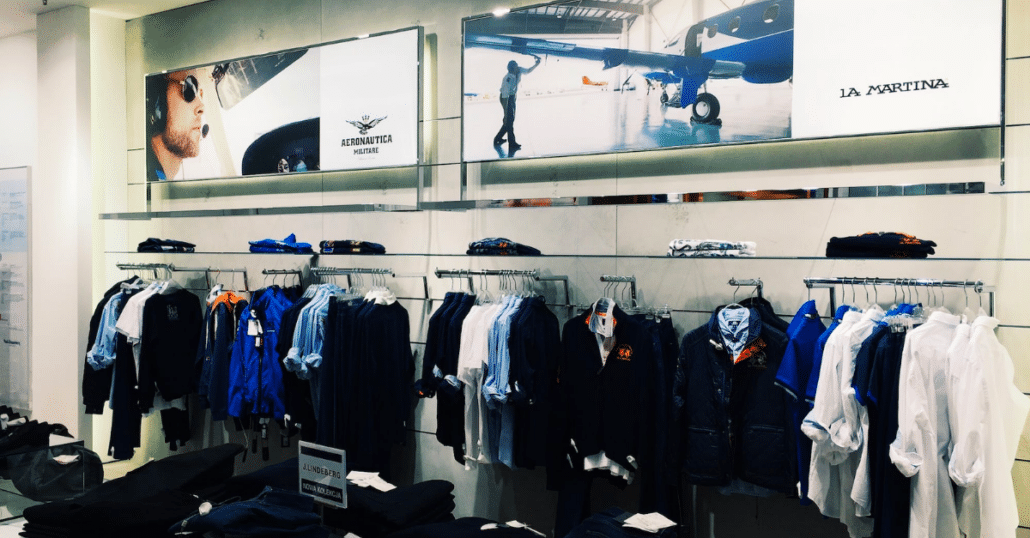
The future of retail is more hybrid, much as remote work solutions with mixed offices have proliferated. Nowadays, it’s difficult to distinguish between online and brick-and-mortar stores, so many business owners are unsure of how to effectively set up their small enterprises for success in the coming year. Therefore, to ease some of your burden as a retailer, here are some of the most prominent global trends to look out for in the next 10 years.
The following are some of the most eminent retail industry trends that will help shape the global retail setup:
Retailers are getting ready for the unpredictable economic climate by preparing their companies. When asked what action they would take to withstand a downturn in the economy, many entrepreneurs said that raising prices was their top option. Increasing pricing can be a difficult decision that has to be made carefully. It should strike a balance between what your company needs to make a living and what your clients are ready to pay.
The good news is that should a recession materialize, consumers are on board. Considering the effects of inflation and the growing cost of goods, the majority of consumers also said they would be able to accept a price increase from their preferred local business, in a survey. Price planning is one of the top retail trends 2024.
For every organization, maintaining client engagement and communication may be a challenging balance. It usually depends on who is watching to decide when to send the email. In addition, it’s about knowing when to use text messaging to advertise the deal to your audience. Howeever, knowing where to begin could mean all the difference.
The good news is that clients want to hear from companies they regularly do business with. Many consumers indicate that email was their favorite method, giving it the highest ranking. Facebook communication ranks second, which is much higher than the preferences of consumers for other social media platforms. Platforms like Instagram and TikTok respectively don’t share the same global trend in terms of customer communication. Retail design trends point at this level of brand engagement only growing in the coming year.
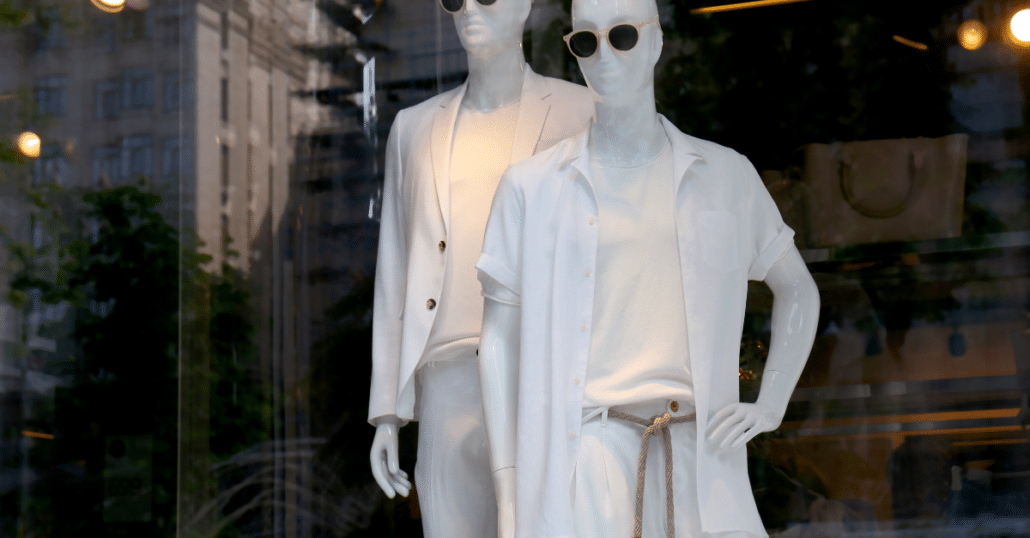
Retail consumers often embrace automation and even seem to enjoy it. According to research, in at least one aspect of the shopping experience, 73% of customers genuinely prefer that local merchants use automation rather than personnel.
Automation, another of the retail technology trends, allows your consumers to experience things in their way and at their own pace. Essentially, this is done by reducing the amount of time the employees spend working on manual chores. By automating processes like inventory management, for example, clients may find out what’s in stock without needing to speak with a staff member. By doing this, you spare them the trouble of having to ask the question and your team the time-consuming task of manually checking.
Here are some of the global trends in retail industry that will indicate how will the future of the retail industry look like:
Physical stores were originally intended to be places of literal storage. Retailers required a method for “storing” products in areas that customers could easily access. Currently, several stores are moving to smaller spaces due to increased property lease costs. Many are discovering that this isn’t a negative.
One of the newest retail shopping trends is retailers can now store the majority of their goods in affordable warehouses and send it straight to consumers, including those who place “orders” in-store, thanks to advancements in inventory and retail technologies. Stores are evolving into a tangible extension of the business, serving as a marketing and customer care investment.
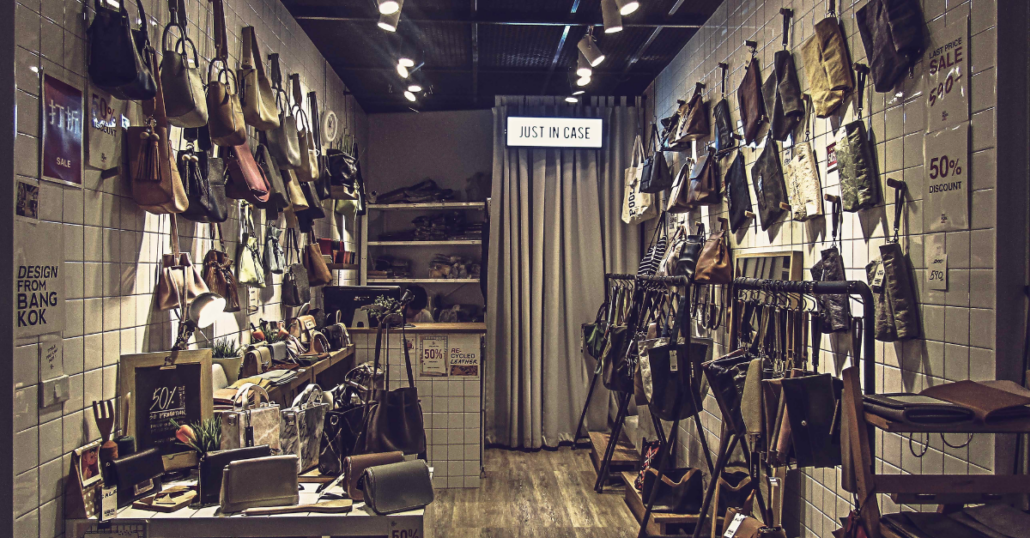
In the future of retail 2024, stores will eventually run mostly on software as a consequence of retailers discarding old hardware. It is possible that in the future, this software may be operated by augmented reality glasses, which would enable store employees to assist consumers without the need to glance down at a screen.
Retailers can currently use their mobile devices as their main control center. Store employees can already handle all customer care from their phones. They can monitor inventory of goods across locations, process returns, check customers out from any place in the shop, place orders for things that are not available in-store, and stay available to help after customers leave the premises.
As it stands, mobile applications are the most effective tool available to brands to build brand loyalty. Unique marketing characteristics enable apps to function as a more effective link. The link is between online and physical purchasing experiences, rewarding devoted users with the most customized experiences.
For instance, buyers can access more detailed product information and branded content online by scanning QR codes in-store. They can also utilize an app to finish their purchase after making their choice, sometimes doing so without the assistance of a store employee.
The retail sector started replacing a large portion of its outdated technology in the 2000s with more contemporary devices like credit card readers, receipt printers, payment terminals, and RFID antennas that monitor inventories. These days, a lot of retailers can also forget about these tools. This change has already started. Payment terminals can be offloaded by enterprises thanks to future retail solutions. For example, tap-to-pay technology is actively minimizing physical card use and making hardware completely disappear.

AI has been part of the latest news in future retail. Here are the most beneficial and transforming AI in retail trends that eCommerce entrepreneurs are looking up to:
One of the top emerging trends in retail marketing is hyper-personalization. Enhancing the consumer experience by employing artificial intelligence (AI) is one way merchants are embracing this trend. For instance, brands are analyzing their browsing and purchase histories to inform personalized product recommendations. On the other hand, some companies are utilizing AI to give clients a more tailored shopping experience. Offering customers offers that are both relevant and appealing, not only helps customers locate the things they’re looking for, additionally, it also helps businesses improve sales.
One of the most significant global retail industry trends lately has been the growth of hybrid online and offline purchasing. Retailers are attempting to offer a smooth and integrated experience for consumers, whether they are shopping online, in-store, or through a mobile app, as part of this trend, which is also known as “omnichannel” shopping. Customers may easily compare prices while at a real store and shop online thanks to the growing use of mobile devices.

Metaverse, AR, and VR are some of the most modern trends in retailing. The application of augmented reality (AR), virtual reality (VR), and the metaverse as a whole is one of the most interesting trends in retail. Retailers are utilizing these technologies to create realistic and interactive purchasing experiences that let customers tour virtual stores, try on clothing, and see how furniture will look in their homes. Retailers can give customers a more personalized and engaging shopping experience by leveraging AI to enable these experiences.
An additional development in retail shopping is the increasing emphasis on the ethics of product manufacturing. Customers want to know that the goods they purchase are made ethically and sustainably. Retailers are looking to AI to assist them in making more ethical and sustainable decisions as they become more aware of the effects their purchases have on the environment and society. To make sure their products are sourced from socially and environmentally responsible sources, some merchants, for instance, are employing artificial intelligence (AI) to track and track the supply chains of their items.
Lastly, another development fueled by AI is the rise of contactless, cashless, and automatic shopping and delivery. Retailers are utilizing AI to expedite the checkout process and improve customer /convenience as an increasing number of customers choose to pay for their goods with mobile payments along with additional digital payment methods. Furthermore, more and more deliveries are being made using driverless cars, and AI is essential to make this happen.
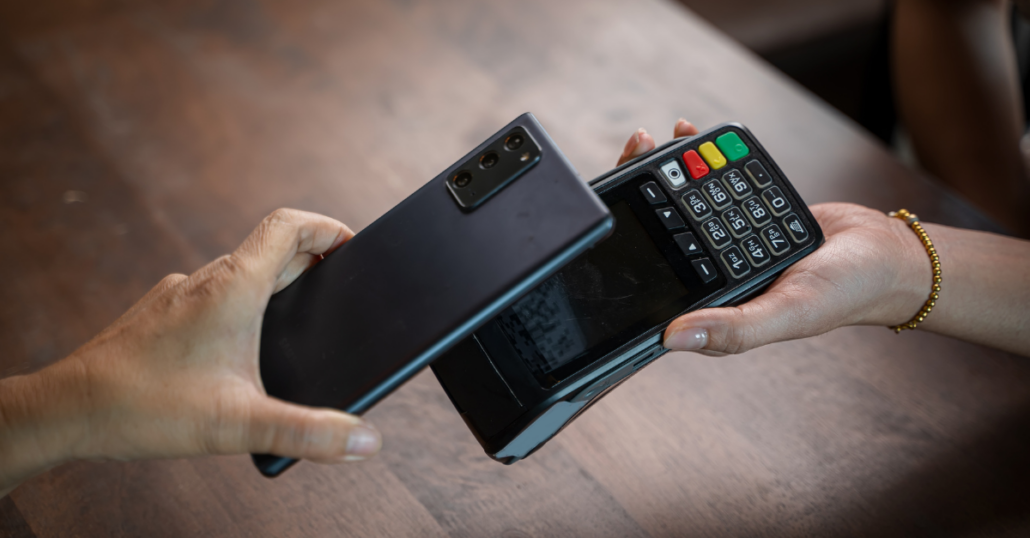
The one-size-fits-all strategy for physical retail stores needs to be questioned by retailers after seeing the future trends in retail. It is uncommon that a single design or set of products would satisfy the demands of clients from all demographic and geographic backgrounds. To cater to clients’ preferences for shopping locations and methods, leading companies in the industry are reconsidering their store layouts and service offerings.
Brands are always attracting, developing, and empowering their workforces to offer “moments that matter” for their customers. In turn, retailers must standardize and optimize their operations to increase efficiencies and maximize the time allotted to create customer value. The main point is that they can support business goals and enable the future vision of the physical retail store. In addition, they can build processes by utilizing new technological innovation and AI advancements.
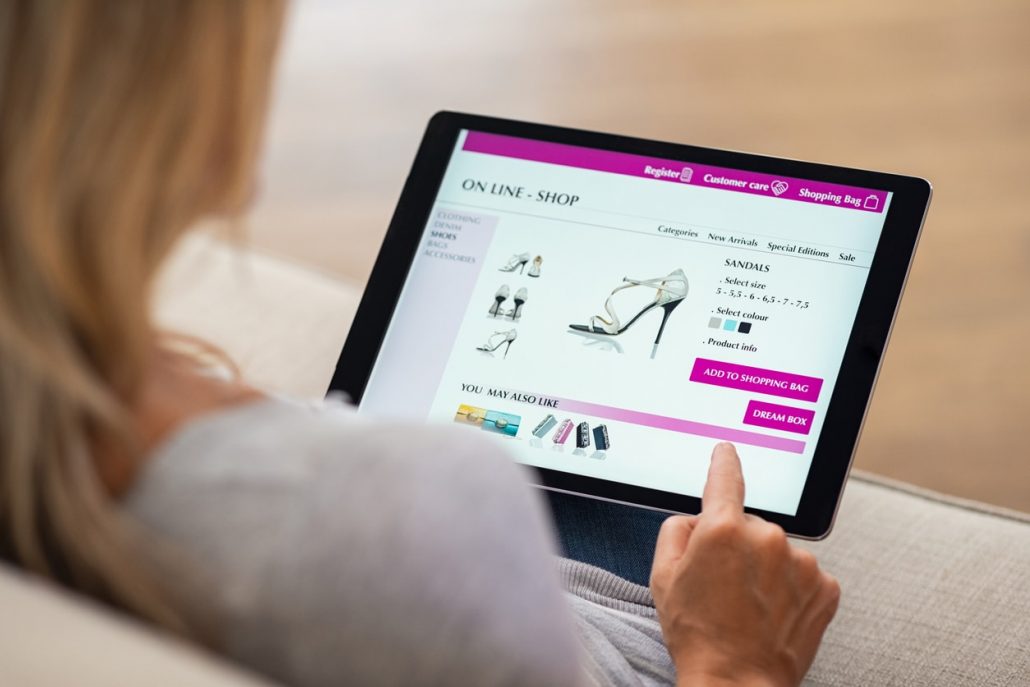
The future trends in retail industry are forever changing and evolving due to the increasing and demanding customer expectations at all levels. Therefore, it is imperative to modernize one’s business ways with the technological advancements of today. In the wake of this, if you require management tools or software to work on your website optimization, contact us at Pimberly.
Take a deeper dive
In a personalized demo of our Product Information Management (PIM) platform, you’ll see how you can:
Book a Demo


